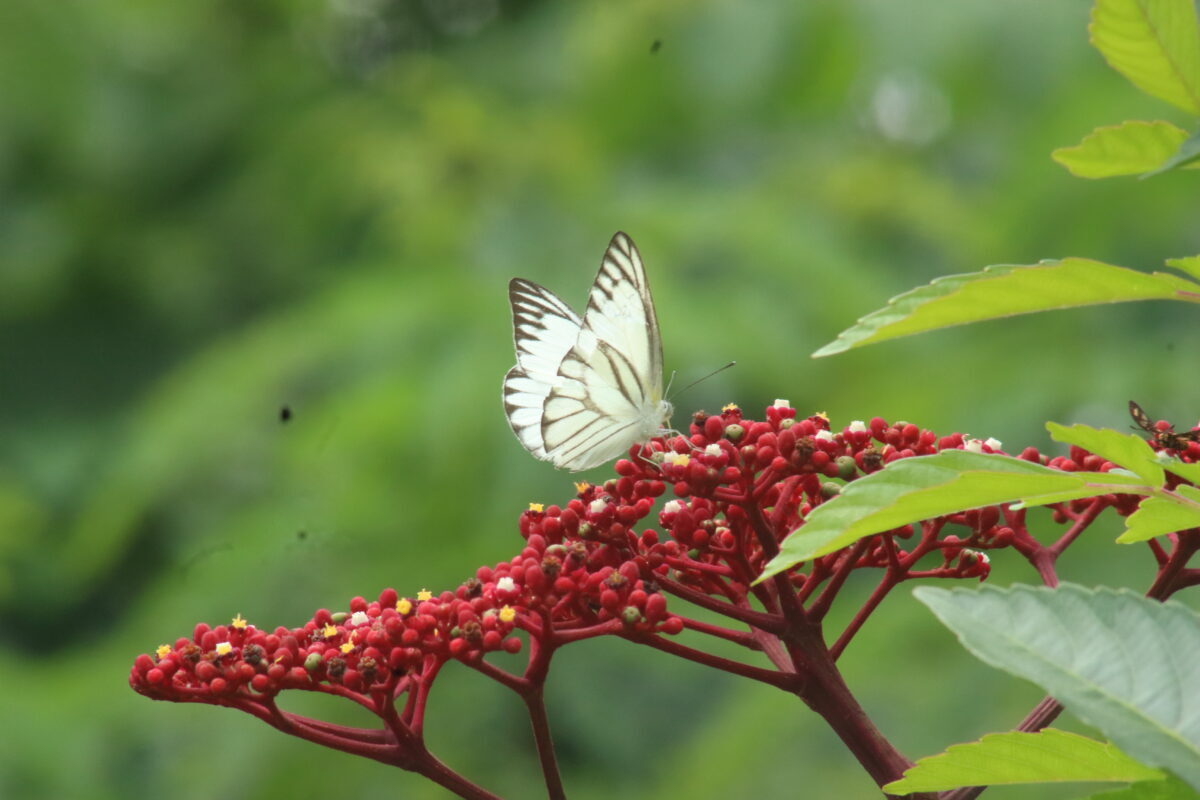- cross-posted to:
- nolawns@slrpnk.net
- cross-posted to:
- nolawns@slrpnk.net
Narrow strips of flowering plants along road edges can support high butterfly diversity, a recent study from Singapore has found. In late 2023, researchers surveyed 101 road verges — strips of green planted along the side of roads — across the tropical city-state of Singapore, recording 56 species of butterflies feeding on nectar from 96 flowering plant species a total of 1,320 times. “The most surprising result was seeing how effective even narrow and artificially planted road verges can be in supporting butterfly communities when managed well,” co-authors Tharaka S. Priyadarshana and Eleanor M. Slade, from Nanyang Technological University (NTU) in Singapore, told Mongabay in a joint email. All but six of the 96 plant species the butterflies visited were nonnative, the study found. The authors said this suggests that in tropical cities, where flowering and butterfly activity occur year-round, roadside green spaces can serve as “meaningful habitat” for butterflies even if planted with nonnative species. Many cities regularly cut roadside plants for “aesthetic appeal” and better driver visibility, the researchers say. However, the study found that verges with higher diversity of flowering plants that were cut less frequently and had varying plant heights supported more butterfly diversity than those with “uniform, flat vegetation.” The authors told Mongabay the flower-rich, less frequently cut verges offer “a cost-effective and space-efficient way to support urban pollinators without the need to have very wide strips of vegetation.” Not surprisingly, the researchers found that butterfly diversity within the road verges decreased as traffic density…This article was originally published on Mongabay
From Conservation news via this RSS feed


